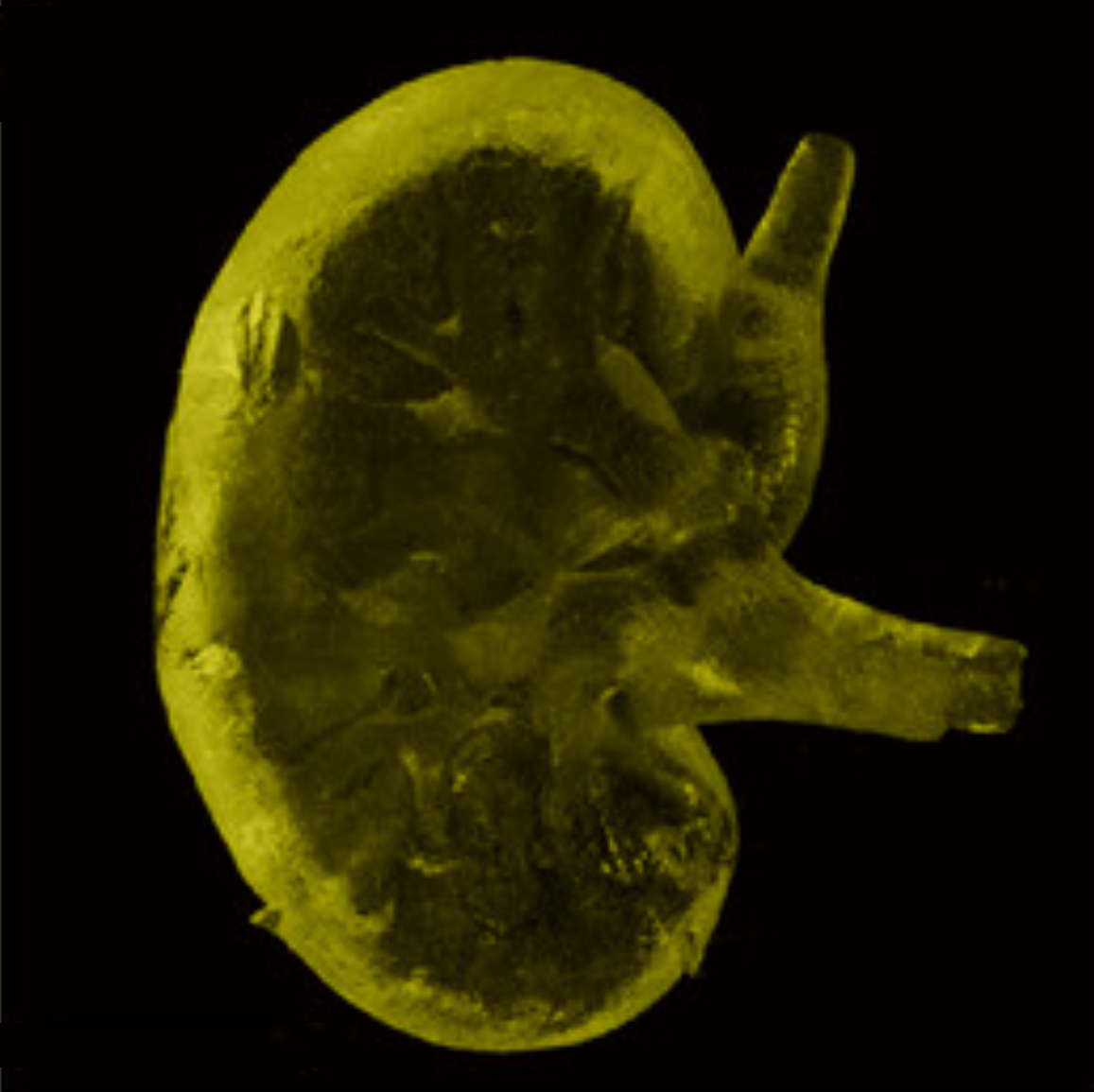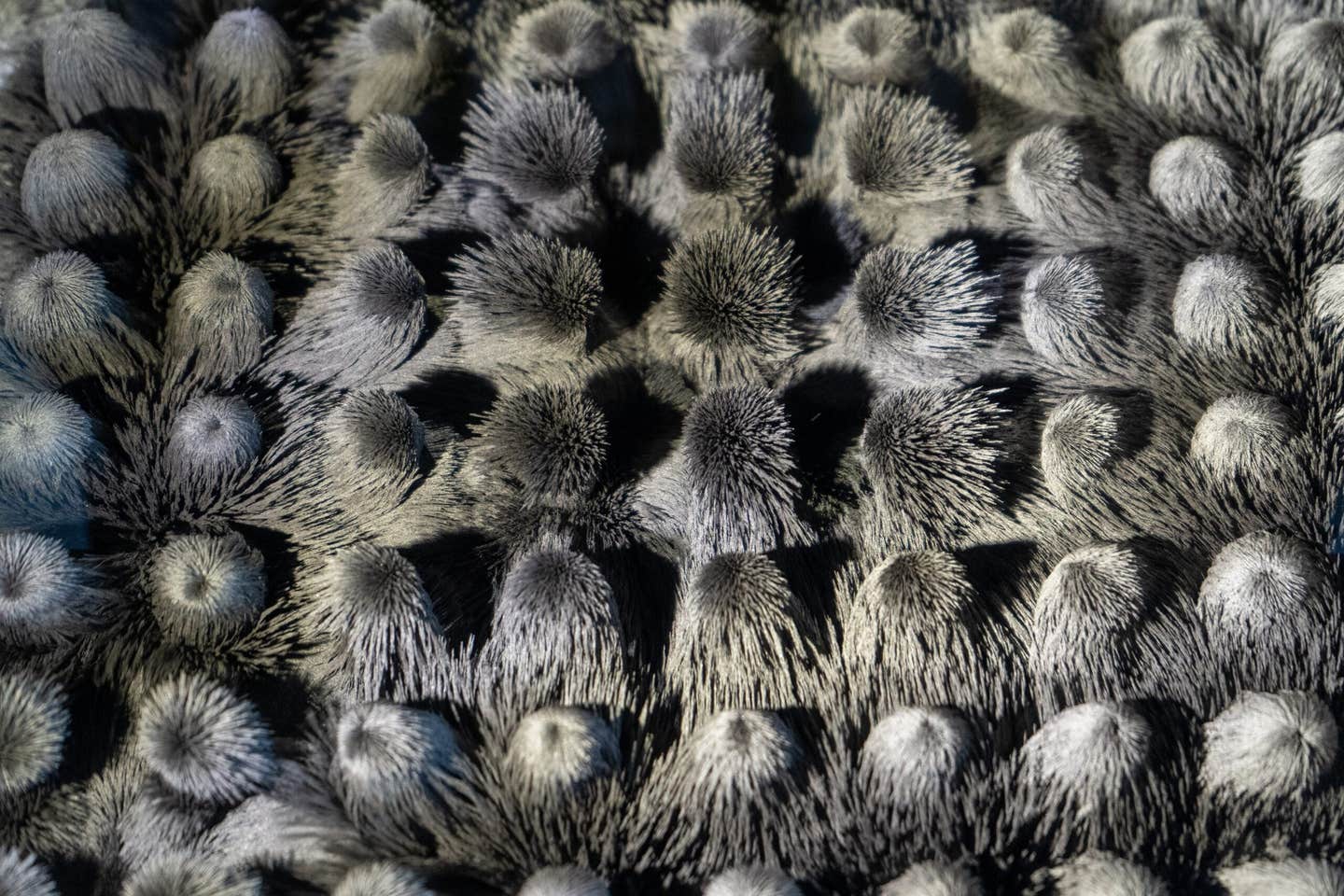Lifesaving cancer study delivers complete remission for all trial patients
These findings suggest immunotherapy could become a first-line treatment for certain rectal cancers, potentially replacing chemotherapy, radiation, or surgery.

Sascha Roth was unexpectedly diagnosed with rectal cancer in 2019, becoming the first patient in the trial. (CREDIT: MSK)
In a groundbreaking clinical trial, immunotherapy alone eliminated rectal cancer in all 14 participants. This study, the first to explore immunotherapy for non-metastatic rectal cancer, focused on patients whose tumors carried a specific genetic mutation.
Researchers at Memorial Sloan Kettering Cancer Center (MSK) conducted the trial, reporting complete remission in every patient. After treatment, no trace of cancer remained, and some participants have remained cancer-free for over two years.
These findings suggest immunotherapy could become a first-line treatment for certain rectal cancers, potentially replacing chemotherapy, radiation, or surgery. By avoiding these standard treatments, patients may be spared the severe side effects that often accompany them. The study was published in The New England Journal of Medicine.
The trial targeted tumors with a genetic signature known as mismatch repair-deficient (MMRd) or microsatellite instability (MSI). These tumors struggle to repair DNA mutations, leading to an accumulation of genetic errors. As a result, the immune system recognizes and attacks the mutation-heavy cancer cells.
Participants, aged 18 to 65, received a checkpoint inhibitor, a type of immunotherapy that blocks the PD-1 protein on T-cells. By preventing this protein from suppressing the immune response, the treatment enabled the body’s defenses to attack the cancer. None of the patients underwent radiation, chemotherapy, or surgery.
The results were unprecedented—every patient achieved full remission. “It’s incredibly rewarding to get these happy tears and happy emails from the patients in this study who finish treatment and realize, ‘Oh my God, I get to keep all my normal body functions that I feared I might lose to radiation or surgery,’” said lead investigator Andrea Cercek, an MSK medical oncologist.
Related Stories
MSK medical oncologist Luis Diaz, Jr., the co-investigator, explained that the research was sparked by two key ideas. The first was to identify precisely which patients would benefit most from immunotherapy to receive it right away, rather than as a second-line or third-line therapy.
Diaz’s previous research had already shown that checkpoint inhibitors could help people with MMRd colorectal tumors that have spread. The second idea was to avoid the toxicity often associated with treatment for rectal cancer, such as life-altering bowel and bladder dysfunction, incontinence, infertility, sexual dysfunction, and more.
According to Dr. Cercek, the standard treatment for rectal cancer with surgery, radiation, and chemotherapy can be particularly hard on patients due to the location of the tumor. The clinical trial’s aim was to avoid these toxicities, and Dr. Cercek proposed using immunotherapy as a first-line treatment to shrink the tumor, enabling a more successful surgery. Dr. Diaz said, “I think this is a great step forward for patients.”
Rectal cancer is one of the most common cancers in the United States, with an estimated 45,000 Americans diagnosed each year. The current standard of care is surgery, radiation, and chemotherapy. However, these treatments can cause significant side effects and can be ineffective in some patients.
The findings of this clinical trial represent a significant breakthrough in the treatment of rectal cancer and pave the way for future research on the use of immunotherapy as a first-line treatment.
The clinical trial is ongoing, and MSK is currently recruiting new patients to join the study, with the aim of expanding their knowledge of the potential of immunotherapy as a first-line treatment for rectal cancer.
The trial has already generated significant interest in the medical community, with experts hailing it as a groundbreaking development in the fight against cancer.
Dr. Scott Kopetz, a gastrointestinal medical oncologist at The University of Texas MD Anderson Cancer Center, said the results of the MSK clinical trial were “exciting and game-changing.”
Dr. Kopetz noted that the MSK study was the first to demonstrate that immunotherapy alone could eradicate rectal cancer in patients with MMRd tumors. He said the findings could also have implications for the treatment of other types of cancer.
“This study shows that immunotherapy can be used earlier in the treatment course, and that it can have a significant impact on the disease,” Dr. Kopetz said. “It also highlights the importance of identifying specific genetic mutations in patients, which can help guide treatment decisions and improve outcomes.”
Dr. Cercek and Dr. Diaz said they were encouraged by the early results of the clinical trial, but cautioned that more research was needed to confirm the effectiveness of immunotherapy as a first-line treatment for rectal cancer.
They said they were continuing to monitor the patients in the study to ensure that the cancer did not return, and to assess the long-term effects of the treatment.
“We’re still in the early stages of this research, and we need to be cautious about drawing conclusions,” Dr. Cercek said. “But we’re hopeful that this approach could provide a new treatment option for patients with rectal cancer.”
For patients like Sascha Roth, the results of the MSK clinical trial have been life-changing. Sascha said she was thrilled to have been part of the study and to have had access to cutting-edge treatments.
“I’m so grateful to the doctors and researchers at MSK who have worked tirelessly to develop new treatments and improve outcomes for patients with cancer,” Sascha said. “This clinical trial has given me hope and a new lease on life.”
Sascha said she was now cancer-free and looking forward to returning to her normal routine, including her job as a freelance writer.
“I’m so happy to be healthy again and to be able to focus on the things that matter most to me,” Sascha said. “I’m excited to see what the future holds and to continue living life to the fullest.”
The MSK clinical trial is just one of many ongoing studies exploring the potential of immunotherapy as a treatment for cancer. As researchers continue to make progress in this area, there is growing optimism that this approach could revolutionize cancer treatment and offer hope to millions of patients around the world.
Note: Materials provided above by The Brighter Side of News. Content may be edited for style and length.
Like these kind of feel good stories? Get The Brighter Side of News' newsletter.



